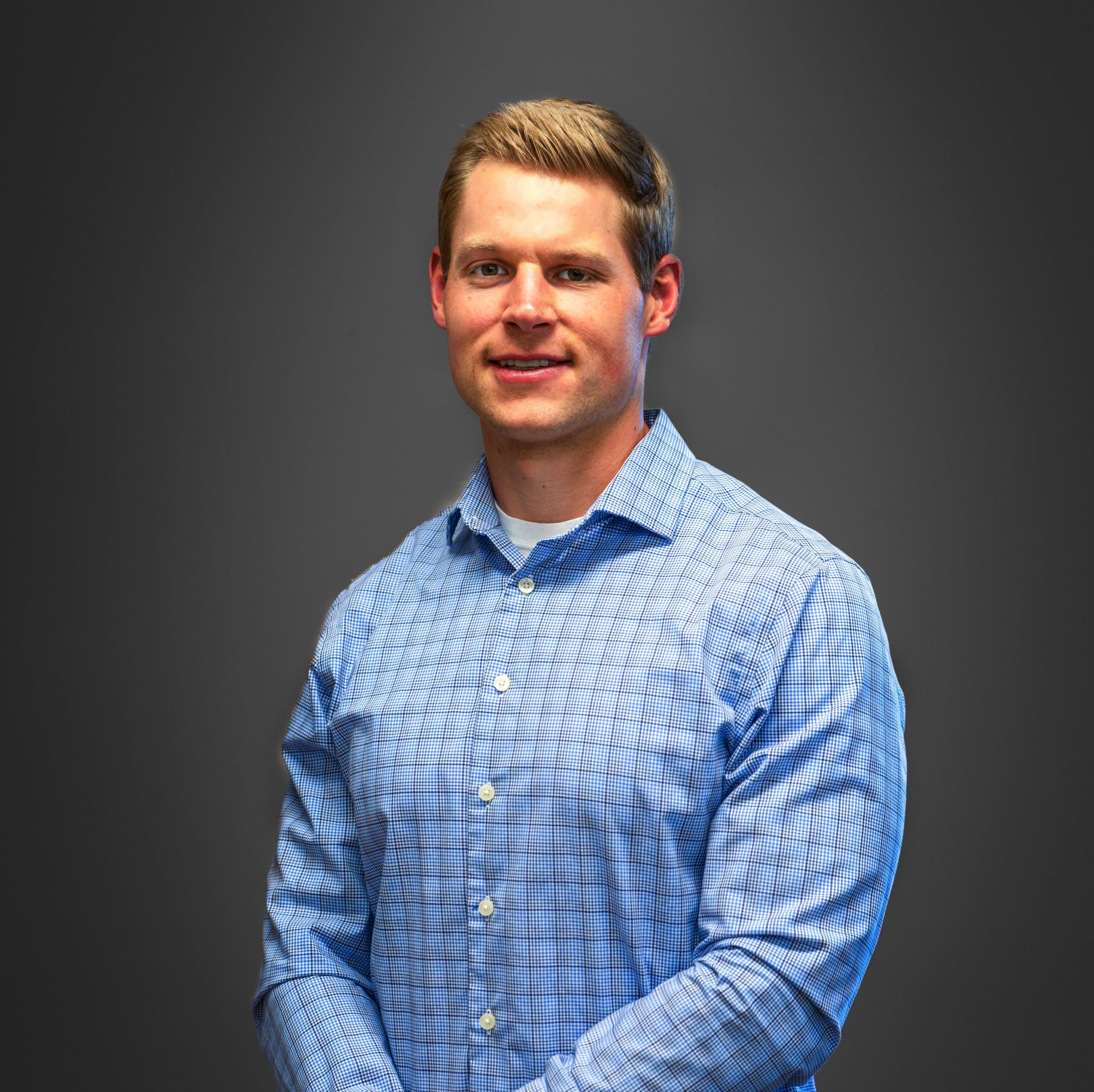Most of us have dealt with an injury at some point in our lives. Beyond physical pain, injuries can also lead to psychological distress when they interfere with one’s ability to perform the activities they enjoy. One question that I’m often asked by patients is, “What things can I still do while dealing with this injury?” Luckily, there are still many options for staying active when dealing with most injuries. However, there are some considerations to keep in mind.
One of the most important aspects of dealing with and moving past an injury is reflecting on why you became injured in the first place. Some injuries are straight forward like when you trip while running, fall down, and hit your knee or when you attempt to pick up a heavy box and feel a tweak in your low back. However, many injuries are considered overuse injuries. To put it simply, these are injuries that result from too much, too soon. I see this type of injury often in runners but the concept can apply to any sport or recreational endeavor including weight lifting, mountain biking, and even fly fishing. Using the runner as an example, the athlete is often trying to increase mileage, pace, or even elevation gain too quickly without allowing adequate recovery for the body to adapt and respond to the training load. It varies for most activities, but a good rule of thumb is not to increase your total training load beyond 10-15% week to week.
Beyond addressing training load, it’s also important to address any imbalances that may have also contributed to the injury. Often times, these imbalances show up as limited tissue flexibility, joint mobility, or strength in a given muscle group. When a tissue lacks the appropriate flexibility, strength, or endurance or a joint lacks adequate mobility, then excessive stress is often placed on a given structure. This process, if not addressed, often leads to injury. Identifying the imbalances can be a tricky process and seeing a physical therapist can be invaluable. Physical therapists are equipped with the tools and training to provide a thorough evaluation and functional testing. Through this process we identify areas of weakness and/or limitation and provide a custom treatment approach including education, exercise, and guided activity progression. The goal in this process is to allow you to reach a point in which you are pain-free and possess the knowledge, tools, and confidence to manage the issue independently.
While directly treating the injured area with relative rest, activity modification, and proper exercise, you should still emphasize maintaining fitness in other regions. If you are dealing with a lower extremity injury and cannot perform activities like running, biking, or squatting then shift your focus to upper body exercises or vice versa if dealing with an upper extremity injury. The goal during this time is to maintain fitness and aid healing to the injured area through improved systemic circulation. Likewise, if dealing with injury in only one limb then its important to continue to exercise the opposing or uninjured side. In fact, training the uninvolved side can actually lead to improved recovery and strength on the injured side through a phenomenon referred to as cross-education. Cross-education is believed to lead to neurophysiological changes within the motor cortex and may also result in systemic and hormonal changes leading to improved strength in the untrained region.

As the injury improves and you begin a return to activity it’s important to gradually progress to prevent reinjury. As stated previously, progression of around 10% per week is recommended to allow for adequate tissue recovery and adaptation. Working with a physical therapist, coach, or both who can monitor this progression is recommended. Additionally, keep in mind that most orthopedic injuries can take at least 4-6 weeks for physiological healing to occur. Therefore, it is important to respect the healing time of the involved tissue while working back towards your previous level of activity.

Nick Bechtold, PT, DPT, OCS, CSCS is a Board Certified Orthopedic Specialist physical therapist who specializes in treating orthopedic and sport-related injuries. Nick personally enjoys running, hiking, skiing, climbing, and weight training as well as helping individuals of all ages maintain a healthy, active lifestyle.










